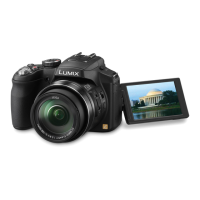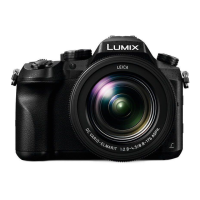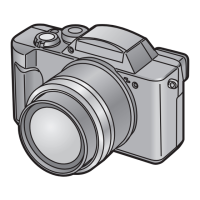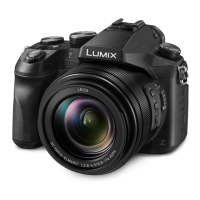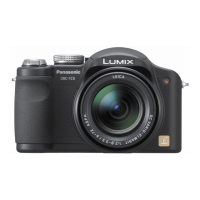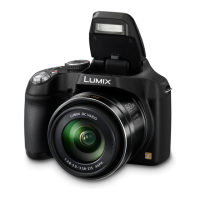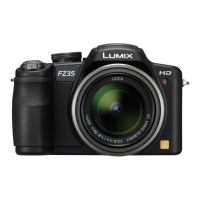61
The technique basically means you will be framing the subject, pivoting
your body through a 180 degree arc following the subject in the
viewfinder and trying to keep the image at one position in the frame as
you pivot.
Press the shutter release as the subject is opposite you and then keep
the camera moving at the same speed and direction as you do so.
I recommend that you use the EVF for this procedure as it is easier to
track the subject this way and also enable the burst firing mode (5.5 AF)
but use a manually set focus point, set to the position the subject
will be
at when it is opposite you.
You can change the shutter speed to increase, or decrease, the amount
of background blur but remember to keep it high enough to prevent
camera shake destroying the crispness of the main subject in the
panning sequence.
Night portrait. This mode needs some care to get the result to look
natural. It basically sets the exposure to try and capture some detail in
the surrounding background, however you have to use flash as the
principal source of light in the picture and the camera reminds you to
raise the flash head.
As the ambient light exposure can be up to 8 seconds it is essential to
use a tripod if you are shooting in such low light.
Additionally there is an equivalent time equal to that of the exposure time
for in camera noise reduction processing.
Night scenery. Again this mode utilises a long time exposure to capture
an image and there will be an associated noise reduction time equal to
that of the main exposure.
Again it is essential to use a tripod or other means of support to get
good,
blur free images in this mode.
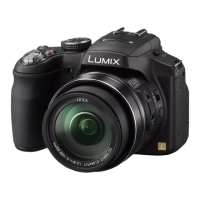
